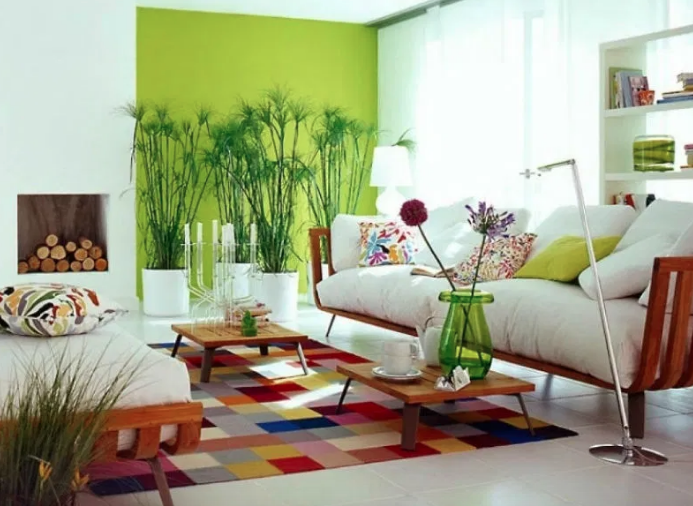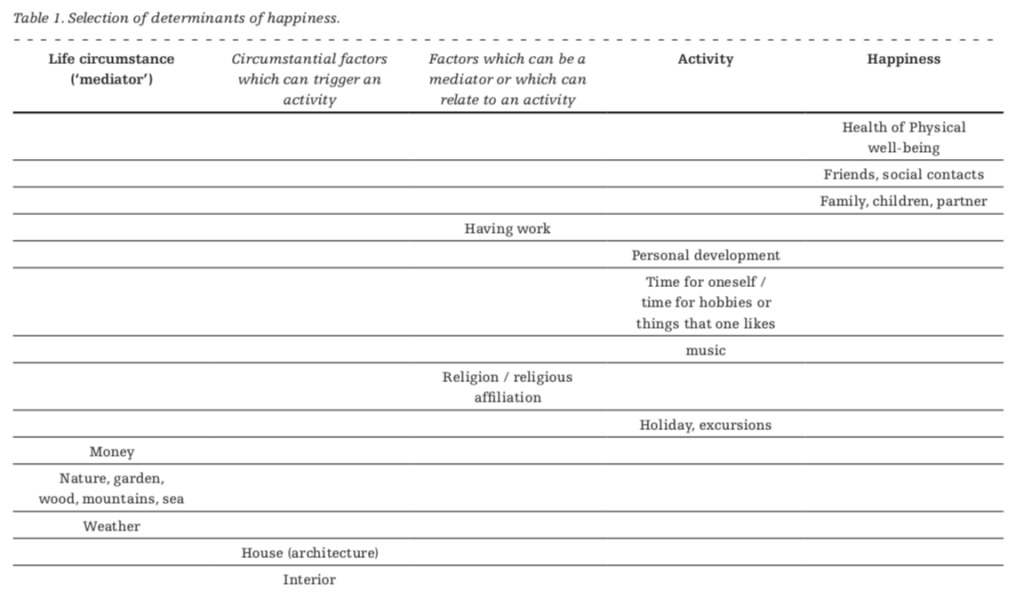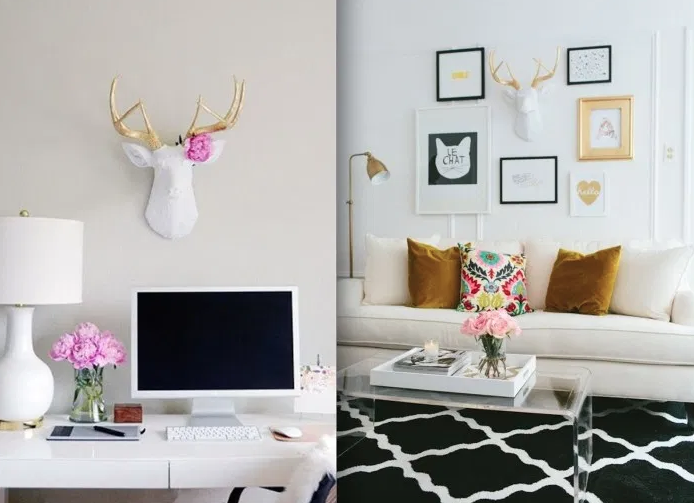As human beings we strive for the goal of ‘Happiness’ or ‘well-being’. Happy people seem to achieve more in their lives, tend to be more social, altruistic, and active, and they seem to like themselves and others more. Happiness also seems to promote people’s capacity for constructive and creative thinking.
The UN Secretary-General Ban Ki-moon spoke on the importance of paying attention to people’s well-being and happiness. On the first ever International Day of Happiness, celebrated worldwide on March 20, 2013, in his note to the General Assembly, he indicated that ‘The creation of an enabling environment for improving people’s well-being is a development goal in itself’.
People around the world aspire to lead happy and fulfilling lives free from fear and want, and in harmony with nature.” -UN Secretary-General Ban Ki-moon

The UN General Assembly promotes happiness as a universal goal and aspiration in the lives of people around the globe. The initiative to declare a day of happiness came from the Kingdom of Bhutan where the philosophy that guides the government is the Gross National Happiness Index, calling it a “fundamental human goal”. This index is used to measure the collective happiness and well-being of a population, giving equal importance to non-economic aspects of well-being, where Gross National Happiness is more important that Gross National Product, a concept that hopefully spreads internationally.
Research on happiness has pointed to the importance of different factors:
1. Health or physical well-being (Achat et al., 2000 ; Lyubomirsky et al., 2005b)
2. Personal development (Bauer et al., 2015 ; Straume & Vitterso, 2015)
3. Having work (Graham et al., 2004 ; Lucas et al., 2004)
4. Having friends/social contacts (Diener & Seligman, 2002 ; Burger & Caldwell, 2000)
5. Time for oneself/time for hobbies or things that I like (Mishra, 1992 ; Nimrod, 2008)
6. Family, children, partner (Diener et al., 2000 ; Hansen, 2010)
7. Music (Laukka, 2007 ; Fujiwara et al., 2014)
8. Religion (Berg, 2010 ; Myers, 2013)
9. Holiday, excursions (Gilbert & Abdullah, 2004 ; Nawijn & Veenhoven, 2011)
10. Money (Diener & Biswas-Diener, 2002 ; Berg, 2010)
11. Nature, garden, wood, mountains, sea (Van Herzele & de Vries, 2012 ; MacKerron & Mourato, 2013)
12 Weather (Fischer & Van de Vliert, 2011 ; Connolly, 2013)
13. Home Architecture/Interior (Petermans, Nuyts, 2016)
This overview does not pretend to be exhaustive, but aims to list important mediating factors and intentional activities that can contribute to happiness.

These factors were listed after a thorough review of literature, which was performed via an extensive search through the World Database of Happiness (http://worlddatabaseofhappiness.eur.nl/). In essence, the factors which were selected are all significant in their contribution to happiness, but they do not contribute to the same extent to happiness. Further research analyses demonstrated that ‘family/children/partner’ was the factor that was most important to the above sample (23%), followed by ‘health/physical well-being’ (21%) and friends/social contacts (11%). Interior architecture seems to contribute to the same extent to our sample’s happiness as religion or nature.
Interior Design and “Being Well”
To “be well’ relates to factors that are relevant to your happiness. Looking at life circumstances from an architectural perspective, typical questions in this respect are: ‘Am I physically healthy?’, ‘Do I have a shelter?’, ‘Can I be happy in this environment?’, ‘Does the environment enable me to work on my personal happiness?’
Looking specifically at the potential contribution that architecture and interior design can have on happiness, it seems highly valuable to consider these as ‘spaces’ where people can deliberately set up intentional activities that contribute to their happiness (Authors, 2014). This point is a critical distinction between life circumstances and intentional activities.

Interested in learning more about how the design of a space can impact happiness? Check out my full blog post written for Ambience Design.
Your article is very nice thanks. Rosette Banky Bina
Thank you!
Você tem um fabuloso blog de graças. Brigitte Madison Milo
Obrigado!
Bonjour, ton blog est très réussi ! Je te dis bravo ! C’est du beau boulot !:) Dyann Saxon Jameson
Ihr Blog ist ein Erfolg, sehr voll. Ahhh Wenn die Leidenschaft da ist, ist alles 🙂 Jazmin Rice Wilie
Thank you! Love this.
Translation: Your blog is a success, very busy. Ahhh When the passion is there, everything is 🙂
Jazmin Rice Wilie
I enjoyed reading your article.